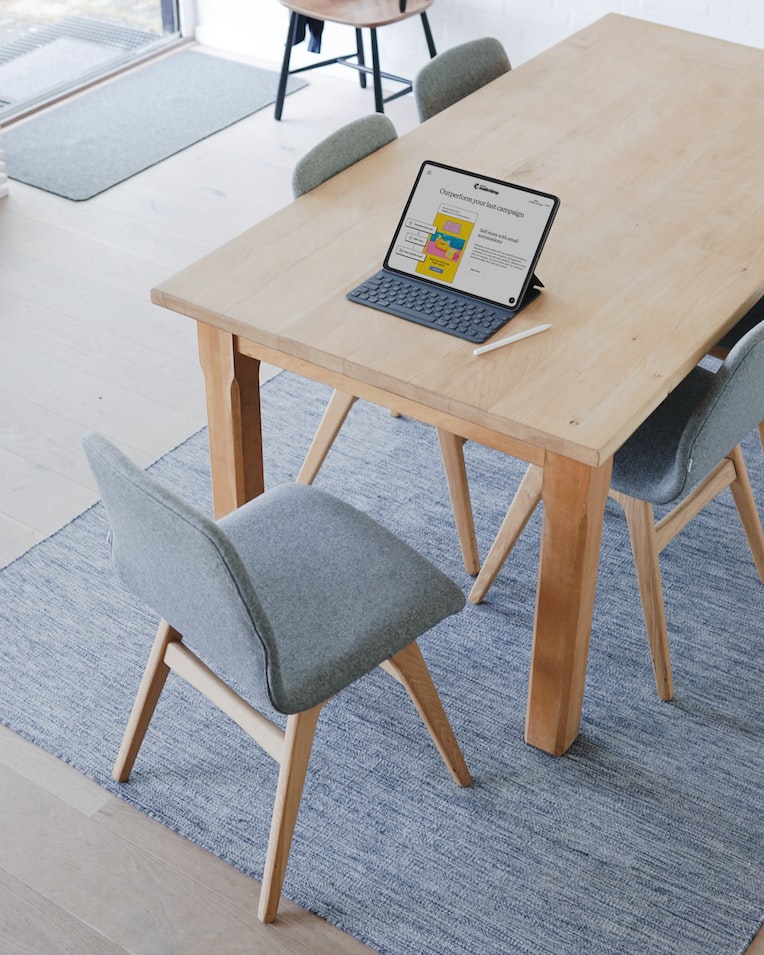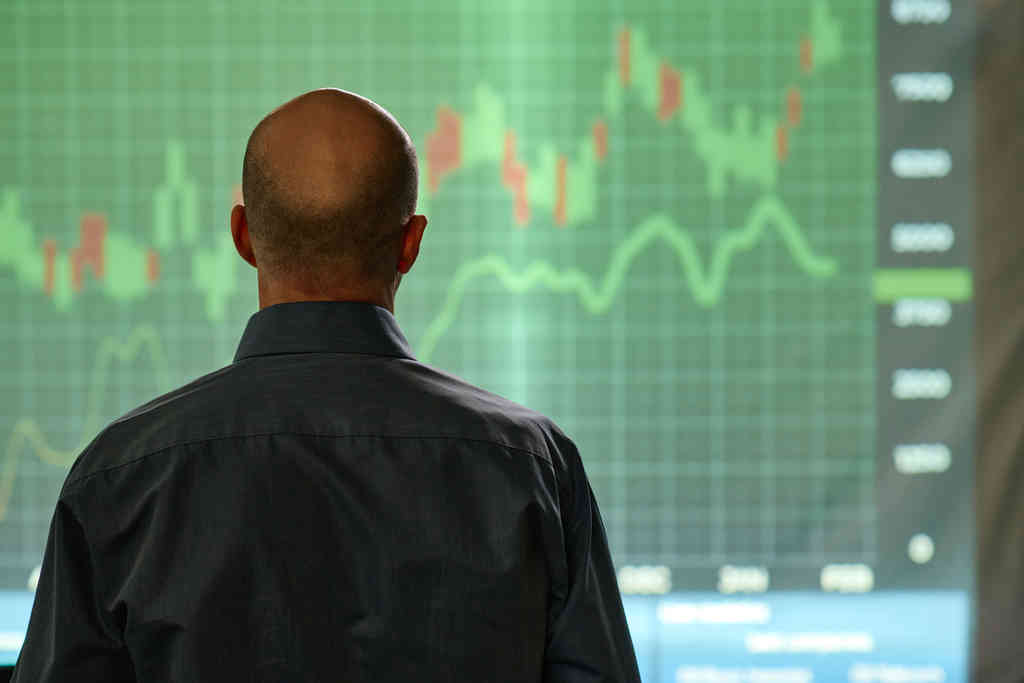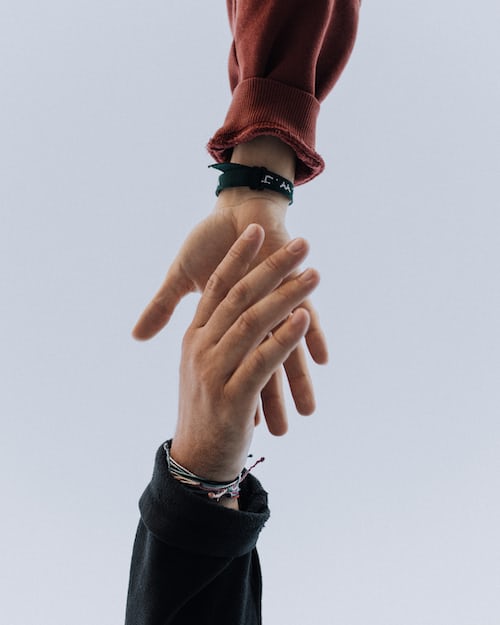Elon Musk was born in 1971 to an ordinary family in South Africa, his father an engineer and his mother a model. Elon grew up with a love of reading and had his first computer at the age of 10, then started to teach himself programming and sold a little space game software he had made when he was 12. Elon grew up independent, with a "American Dream" and struggled to find opportunities to escape South Africa. Because his mother was Canadian, he went to Canada on his own with a little money after high school, working around, attending Queen's University and eventually transferring to the University of Pennsylvania in the US as he had hoped. After receiving a double Bachelor's degree in Economics and Engineering from Penn, Elon was awarded a scholarship to Stanford for his PhD, studying Materials Science and Applied Physics.
The year 1995 was the beginning of the Internet boom in the US, with Yahoo and Netscape both having just been launched. It was at this time that Elon saw the opportunity for traditional media to enter the Internet age and decided to drop out of school and start his own business the day after he entered Stanford. He summoned his brother and invested almost $2,000 to cover his rent. Musk founded Zip2, the first online city listings website in the U.S. Four years later, the company was acquired by Compag for $307 million in cash plus $34 million in stock options, and in 1999, at the age of 28, Elon reaped his first cash prize: $21 million.
Elon was not satisfied with the success of Zip2. Elon started his second venture, Paypal, and found that the financial industry at the time lacked innovation in the internet sector and that payments between users were extremely inconvenient. Three years later, Paypal was acquired by eBay for $1.5 billion, with Elon holding 11% of the company's shares before the acquisition. This time, in 2002, he made a profit of $200 million.

After selling Paypal, Elon began to think about space exploration and innovation in the energy sector: the production and consumption of renewable energy, and founded SpaceX, the world's first private space company, and Tesla, the world's first all-electric car, in 2002 and 2003 respectively, and invested in SolarCity, a full-service provider of solar energy. venture capital in Silicon Valley There is a tendency to invest in 'asset-light' companies that can commercialize their products quickly. Although Elon had two successful experiences in the internet, no one believed that his SpaceX could accomplish NASA's mission, or that his Tesla could break through the innovations that GM could not.
SpaceX wants to be the world's most advanced rocket and spacecraft, vowing to expand the human footprint from Earth to other planets and bring the cost of a trip to Mars down to half a million dollars. However, Elon went ahead and invested the first $100 million in SpaceX, became a major investor in Tesla and invested in his cousin who founded SolarCity.
Both SpaceX and Tesla are companies where Elon has taken on the role of CEO himself, and Elon has even gone beyond the role of a CEO. With a background in electrical engineering, he was deeply involved in the design and construction of the SpaceX rocket architecture. At the same time, Elon also acts as product architect for Tesla and is responsible for the design of the cars. As a product manager, Elon is not a tyrant and, in addition to using the framework of physics to reason and certify, he also listens carefully to the opinions of those around him. Henrik Fisker, who has designed several classic cars for BMW and Aston Martin, was recruited to design the car.
Elon was ambitious, but the start-up of SpaceX and Tesla did not go smoothly, and the biggest obstacle for the Tesla electric car was the battery technology: the limitations of the battery range and the high cost of manufacturing the batteries. This was the main reason for Tesla to launch a high-end sports car in the first place. By 2007, Tesla had burned through its money and the business model had not yet been established. At this point, no one wanted to invest any more money and Elon had to put all the money he had made from Zip2 into the company and then make staff changes. Elon then flew to Germany to talk to Daimler's Mercedes-Benz about a partnership to sell Tesla's battery system, but his PowerPoint demo failed. After a few twists and turns, he was able to secure a $70 million order for the battery system for the Mercedes-Benz electric car Smart.

The year 2008 was undoubtedly the darkest period of Elon's life, when his frenzied devotion to work led to a red light for his marriage to his wife of one year. The divorce turned sour, followed by the failure of SpaceX's first rocket launch, Tesla being forced to lay off a third of its workforce and close the Tesla branch in Detroit, and problems at SolarCity. At the same time, a historic financial crisis erupted in the US, adding to the woes of a struggling company on the verge of collapse.
Elon battled his fate and his faith overcame his fears, investing a further $40 million in Tesla, bringing his cumulative investment in the company to $75 million. This $40 million was the last of his fortune from Zip2 and Paypal, and Elon was desperate to invest all his money in a business he believed in. It took SpaceX six years to do what other companies would have taken 20 or 30 years to do, and a $1.6 billion order from NASA.
SolarCity is also growing rapidly, becoming the largest solar energy provider in the country, serving tens of thousands of homes in both the East and West.
Elon is enjoying both the pain and the pleasure of being an entrepreneur, using a unique Silicon Valley entrepreneurial model to achieve, step by step, a dream that may seem unattainable to others.
